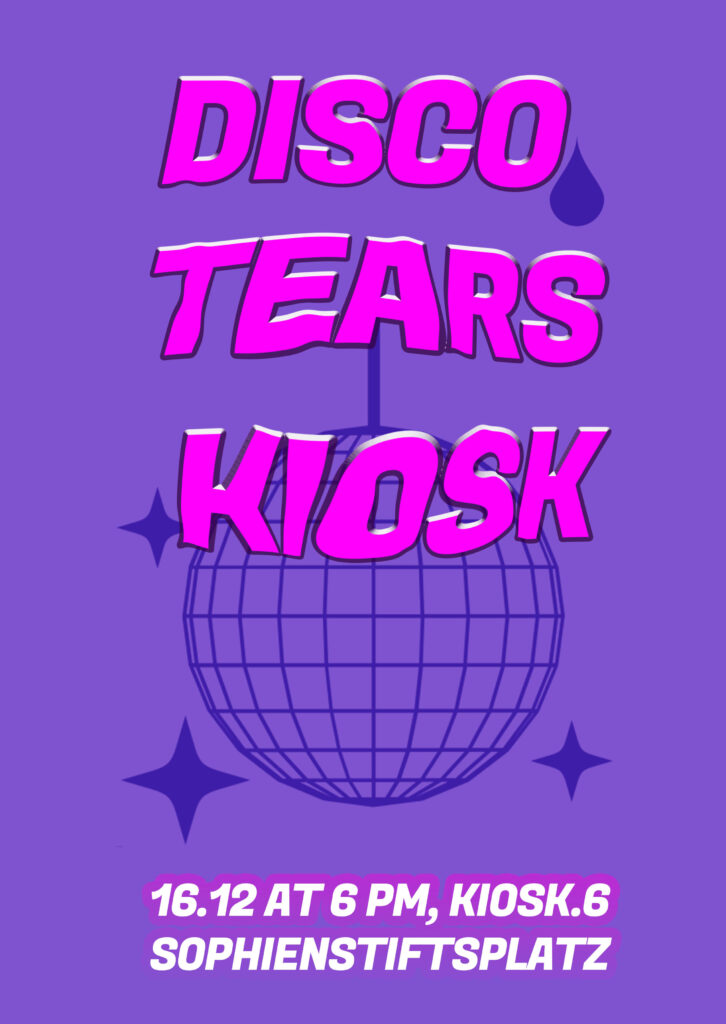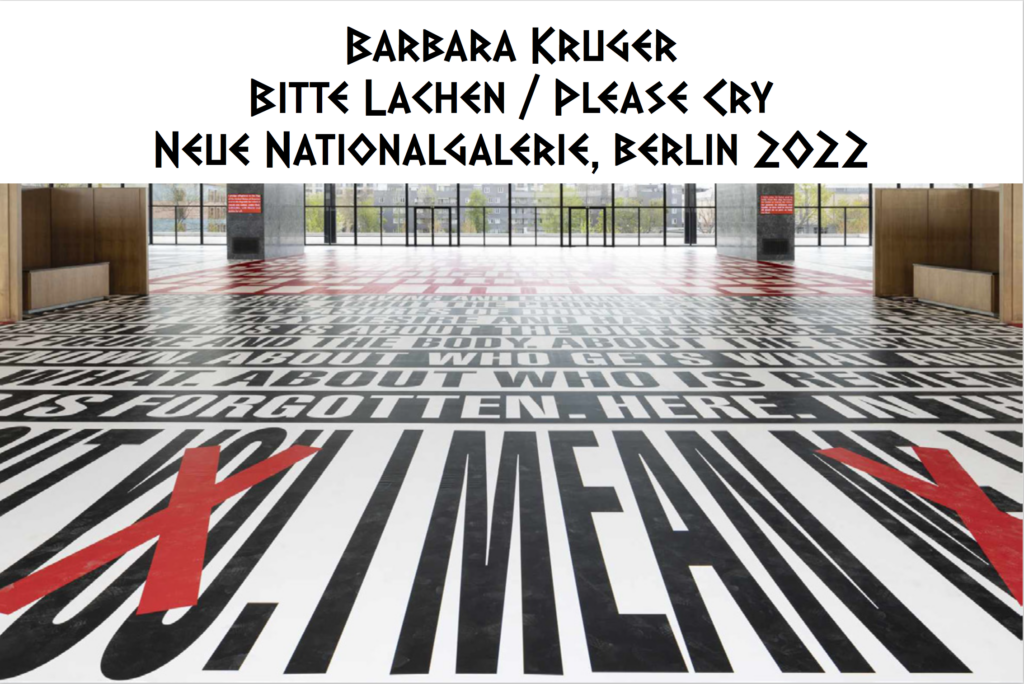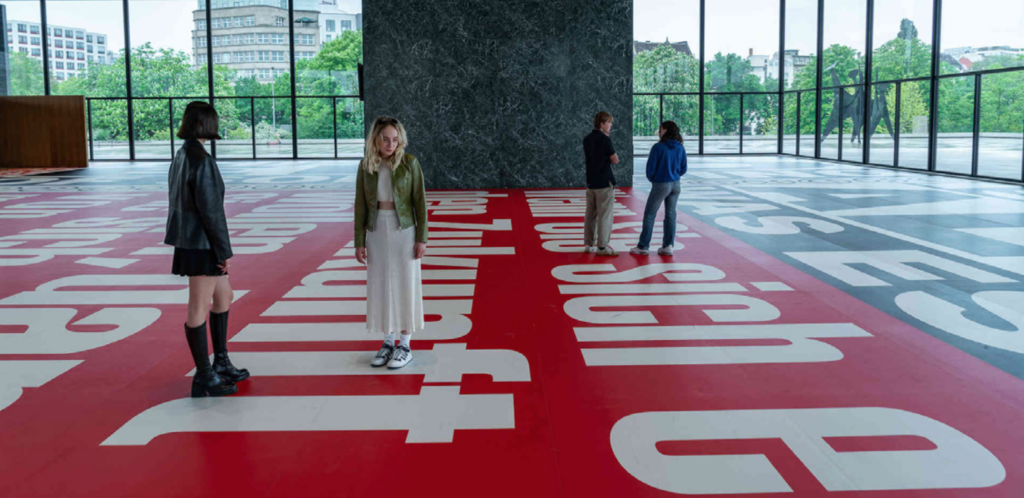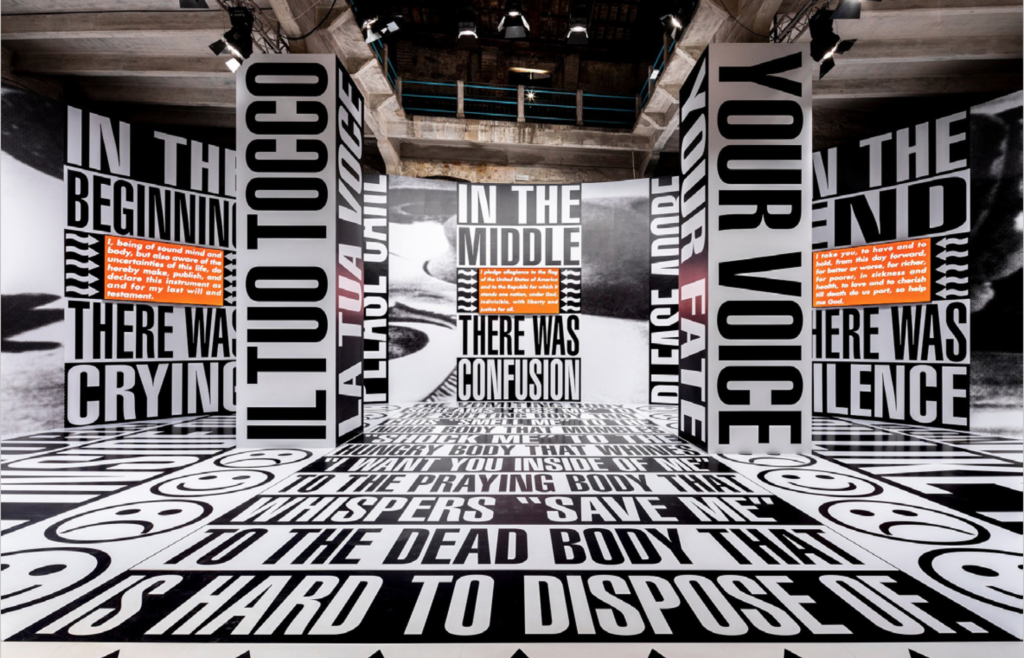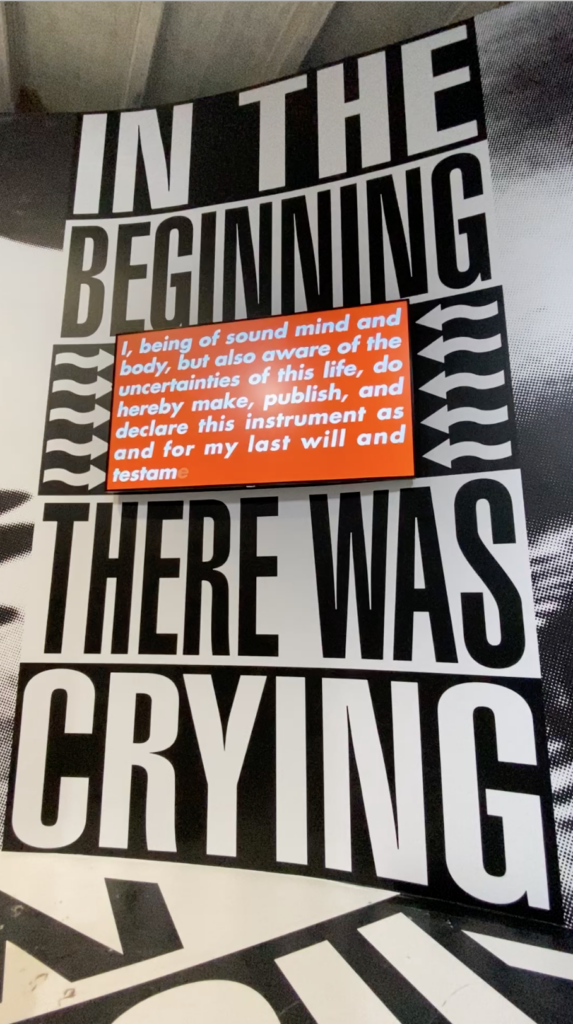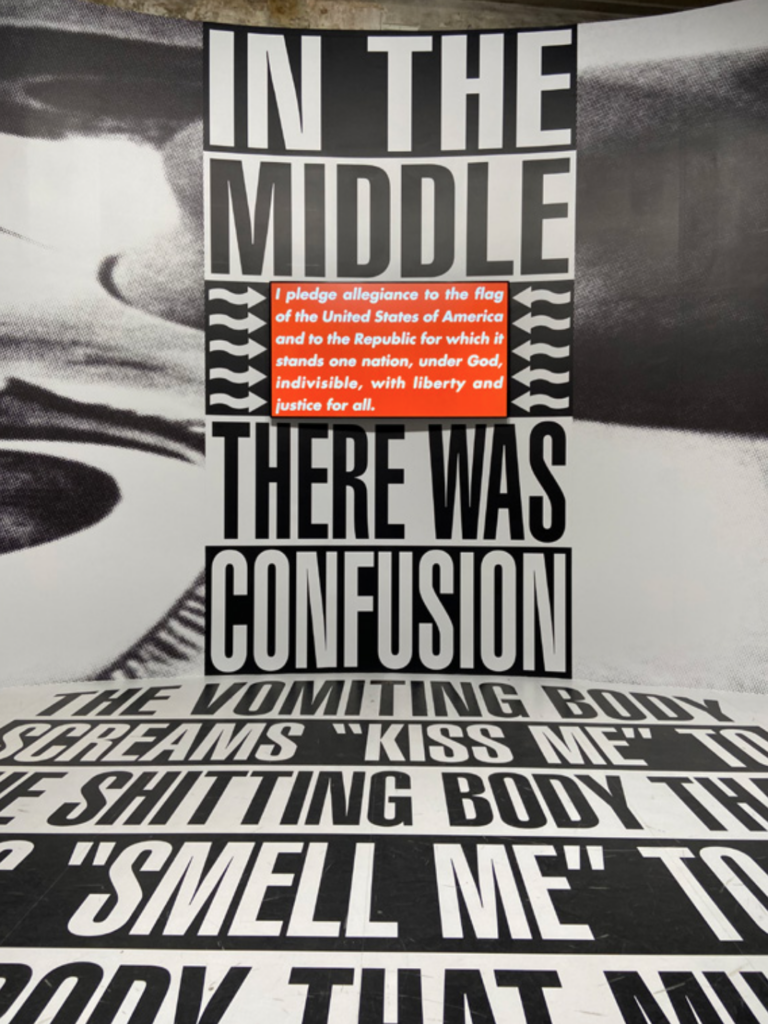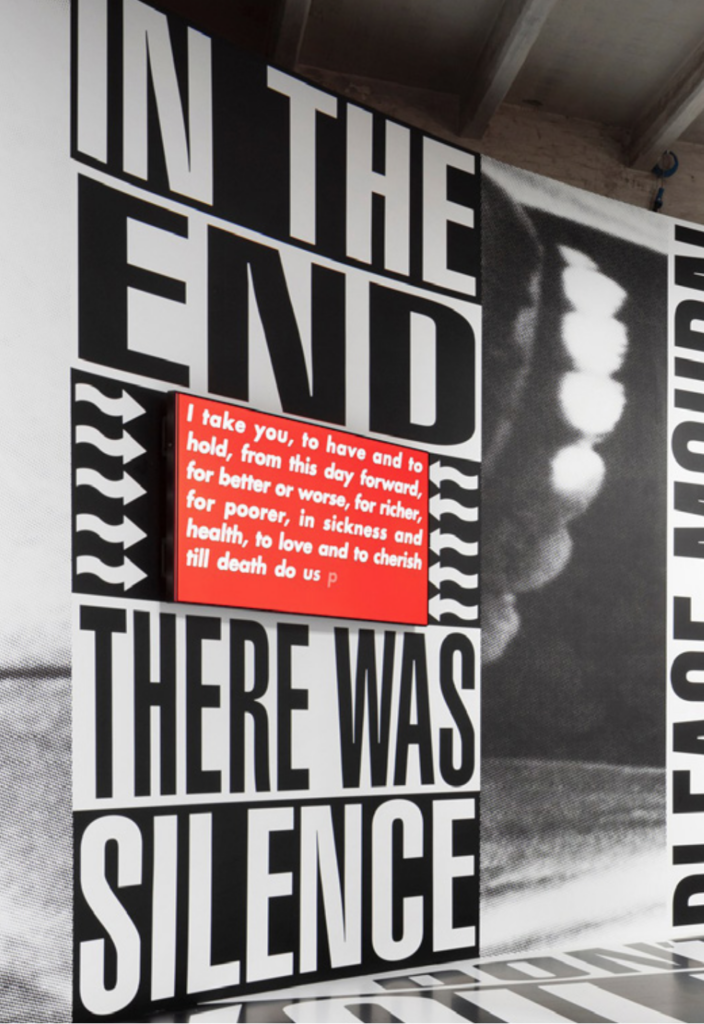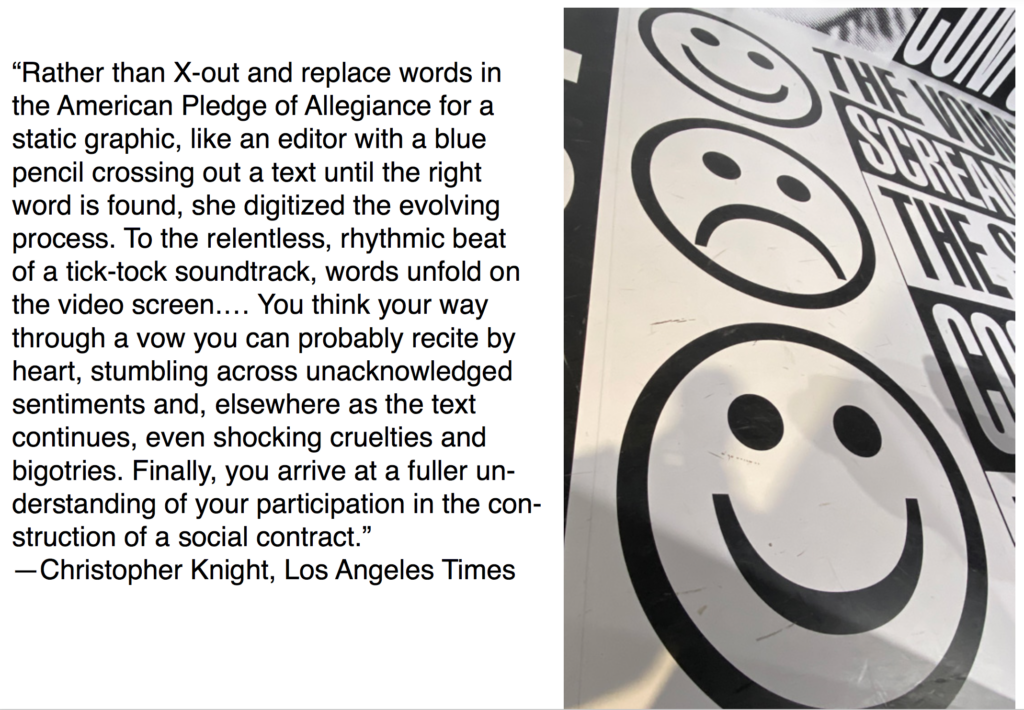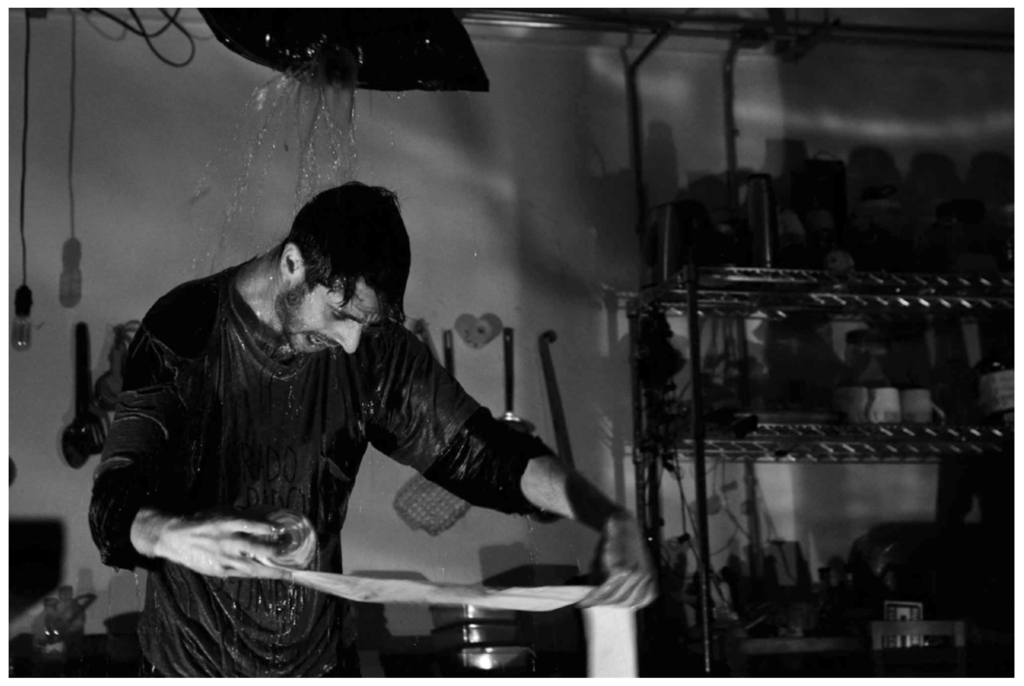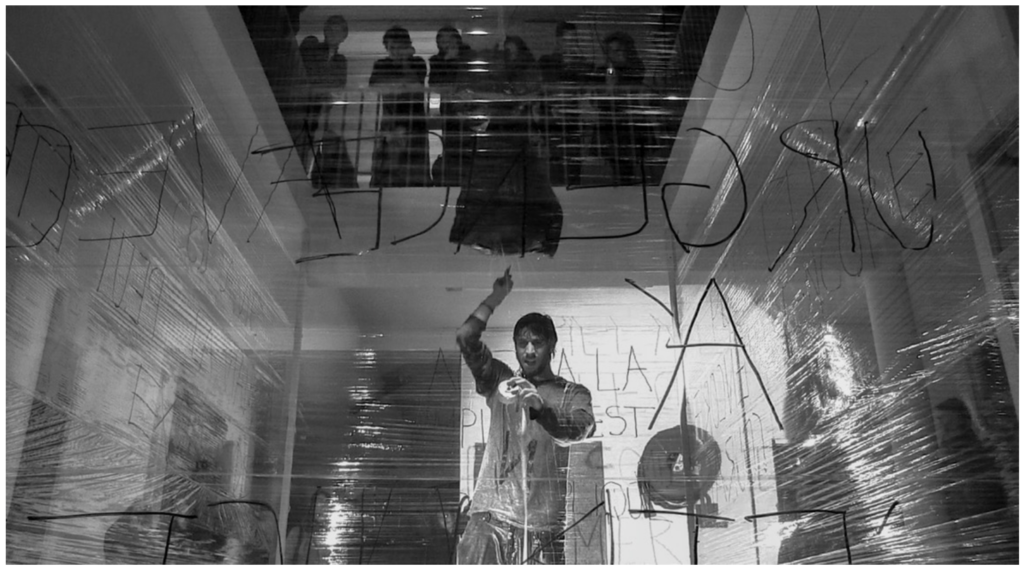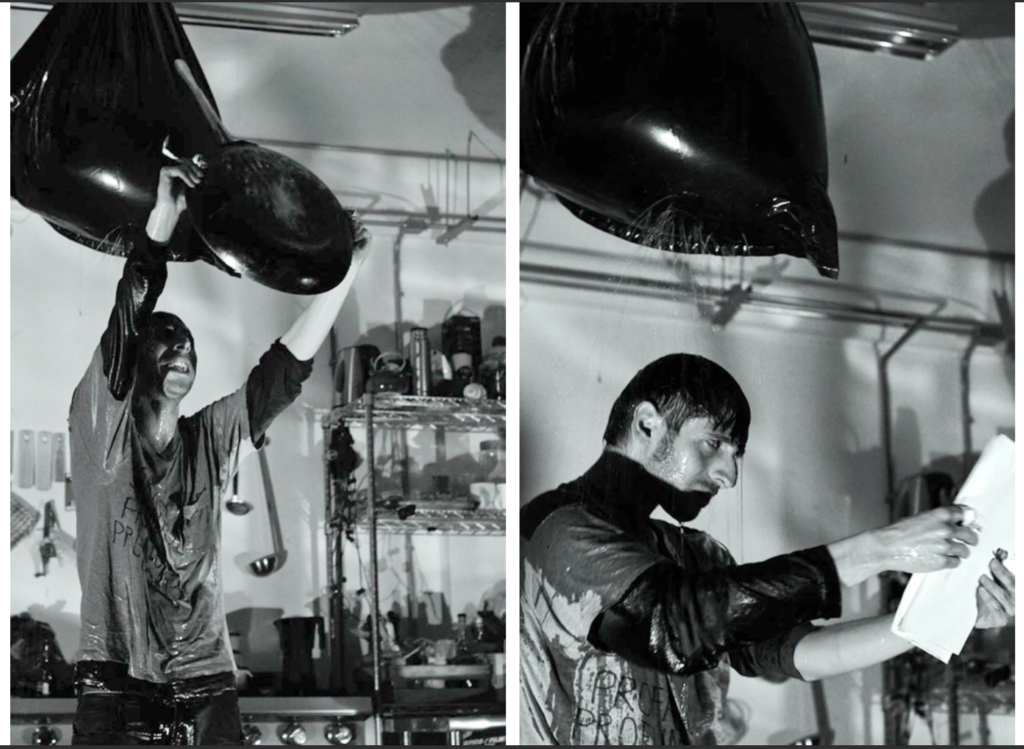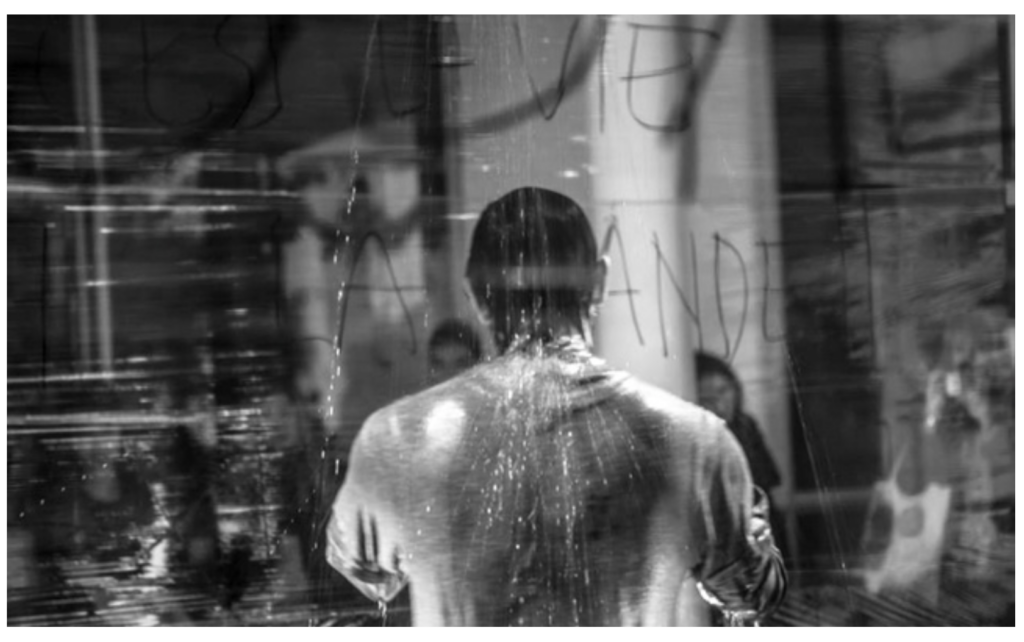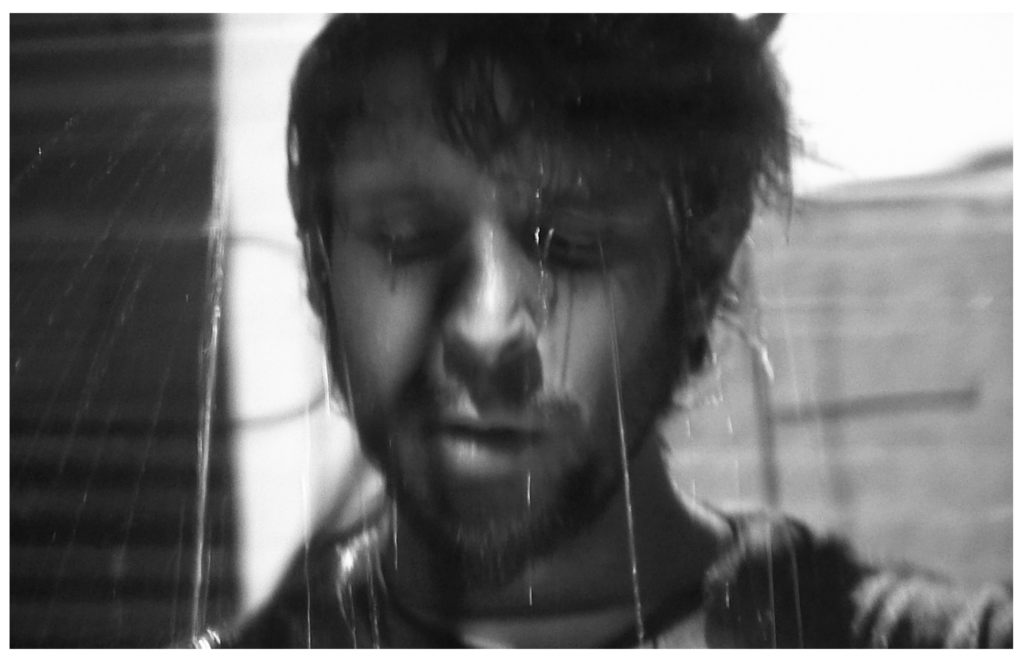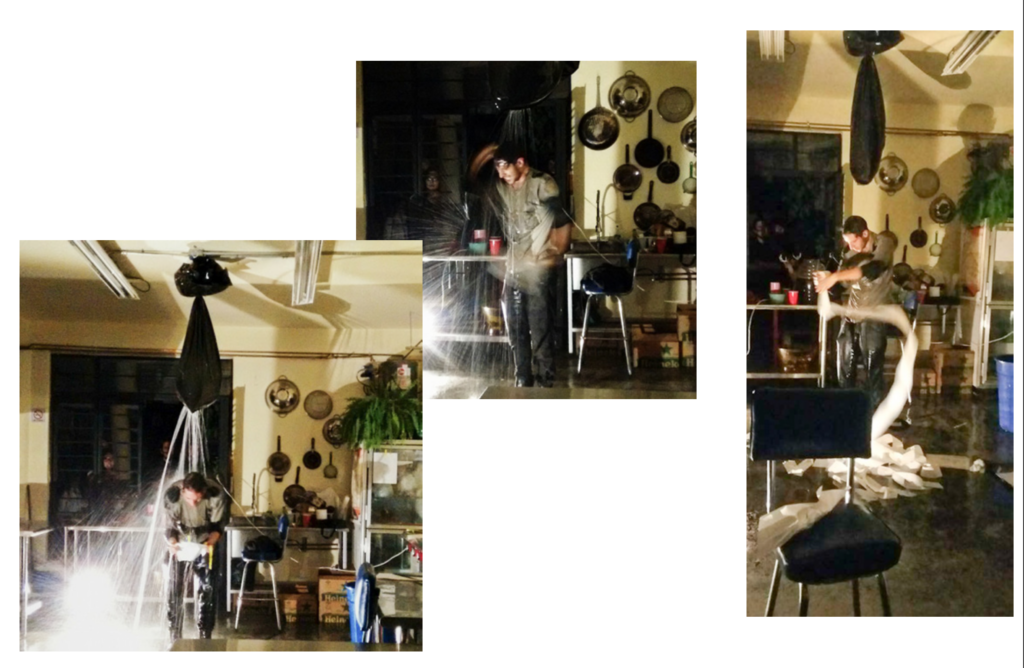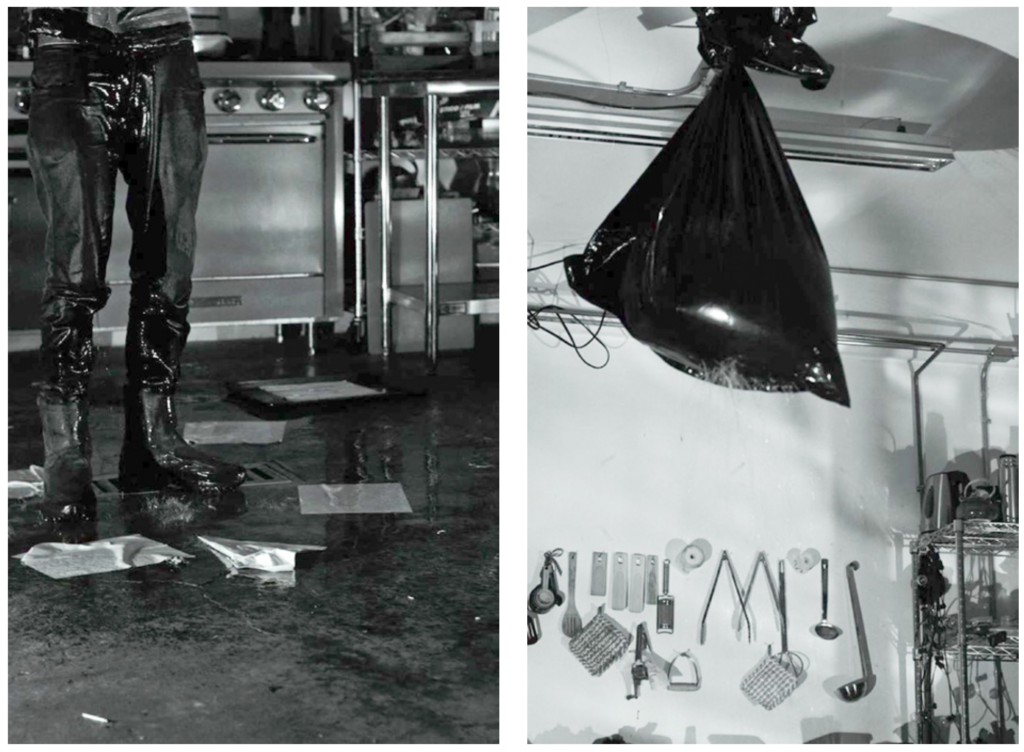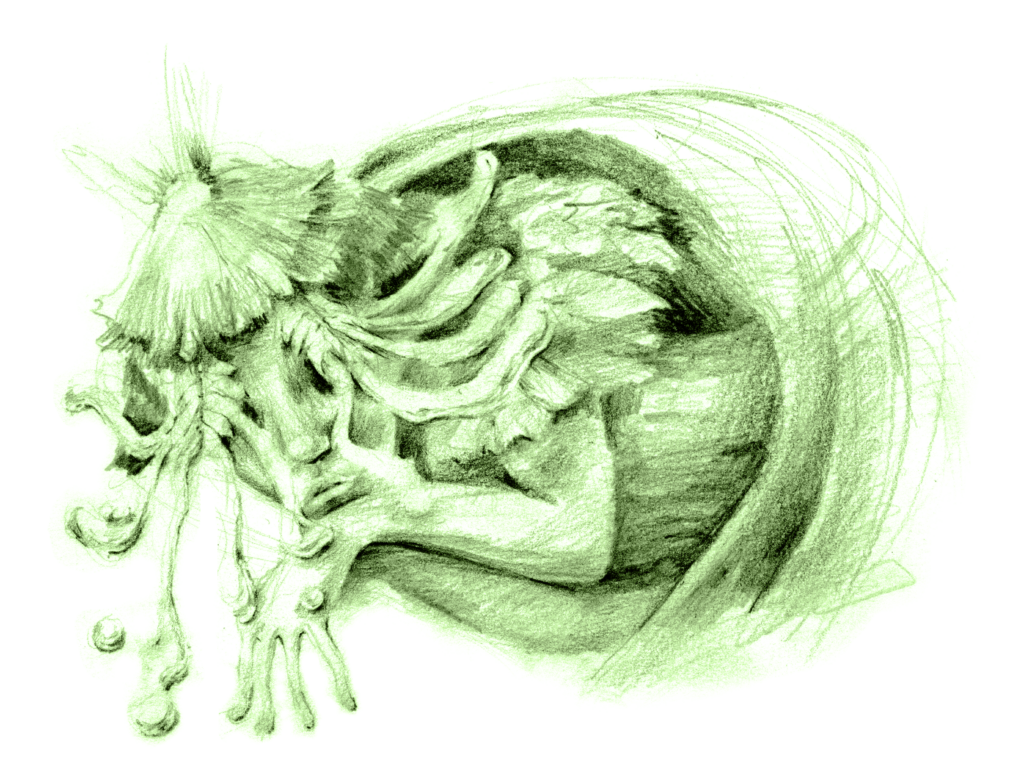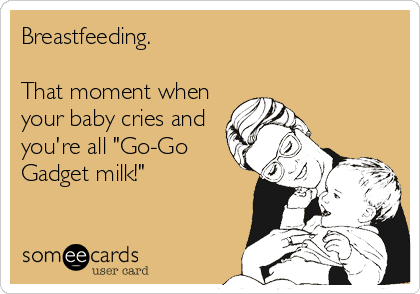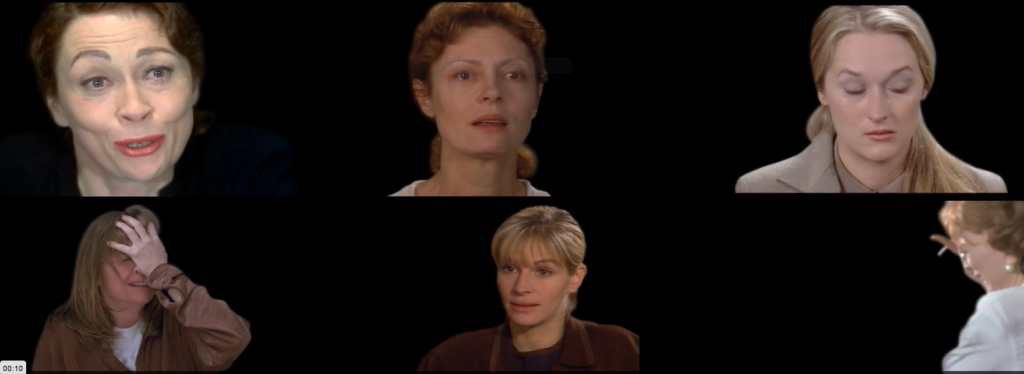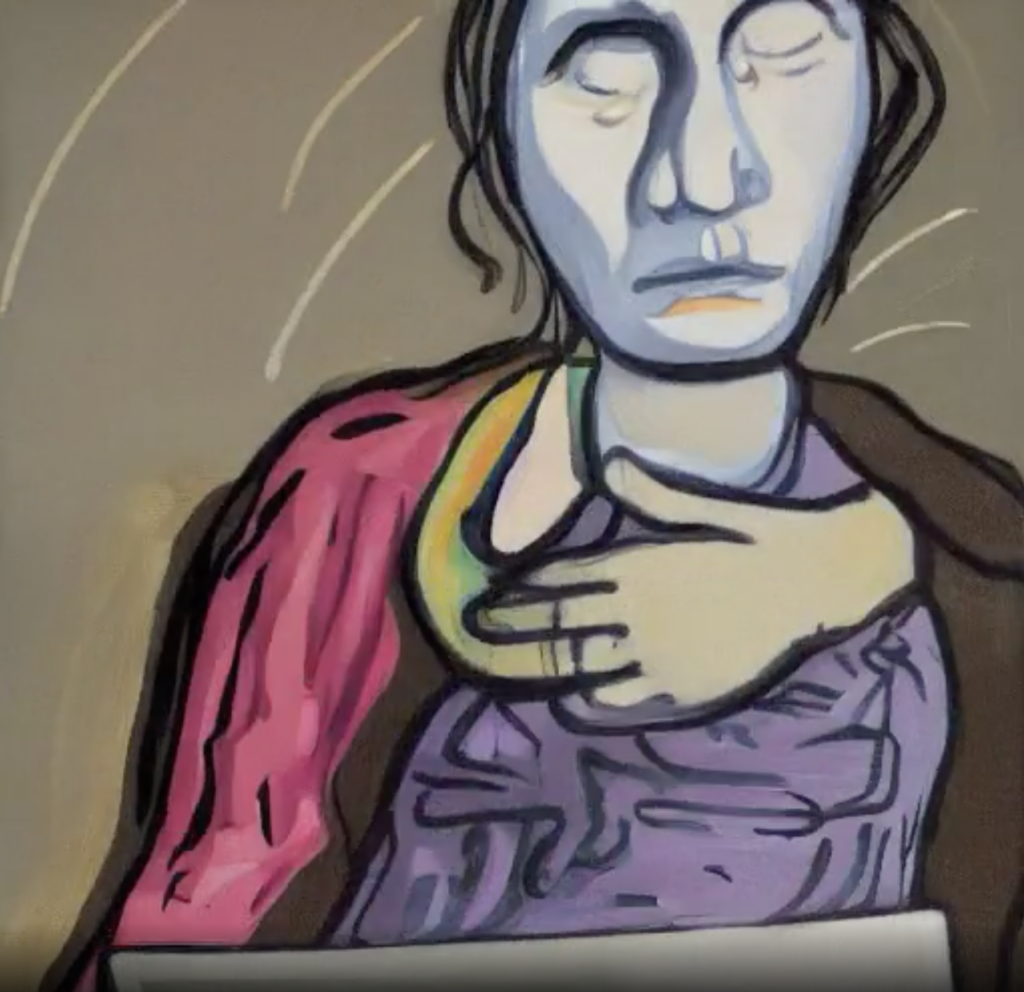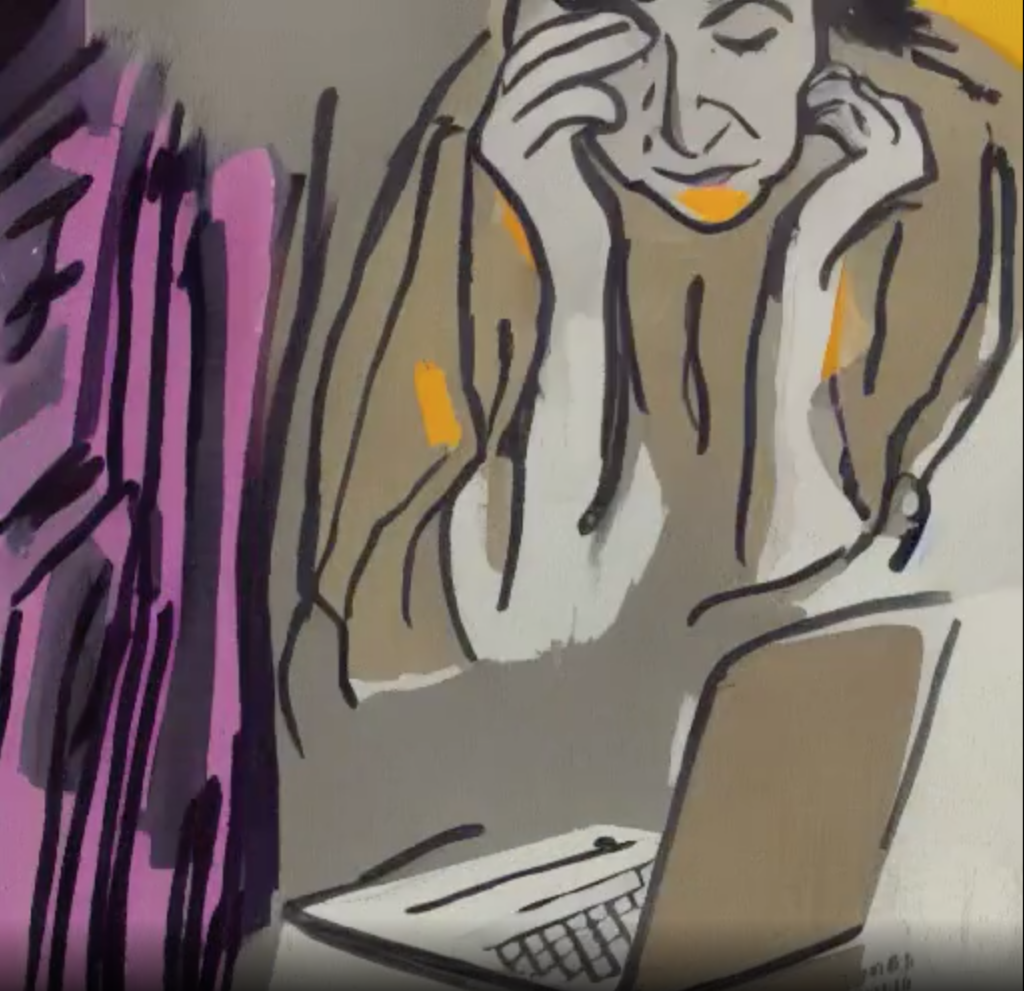Hey everyone!
Inspired by my research about Oskar Kokoschka I decided to create a series of drawings. As Kokoschka used the text of the cantata, from Bach, as a reference to draw about his life, I decided to read through the text of the cantata again and I was wondering, if the same text would inspire me as well. And it did…
My drawings are matched with some paragraphs of the cantata and they are partly auto fictional. I tried to catch the mood of the text in the images as well. My series of drawings are created with gouache-paint on paper and they are all in the size A4. My drawings are inspired by my long distant relationship and they give a small insight to the ups and downs that come with being apart from each other.
Two weeks

” Ich weiß vor großer Traurigkeit nicht,
wo ich mich hinwende;
mein ganz erschrockenes Herze bebt,
daß(sic) mir die Zung am Gaumen klebt.”
english:
“Facing great sorrow I do not know
where I should turn.
My heart completely terrified shudders
so that my tongue clings to my gums”
Stuck in the middle
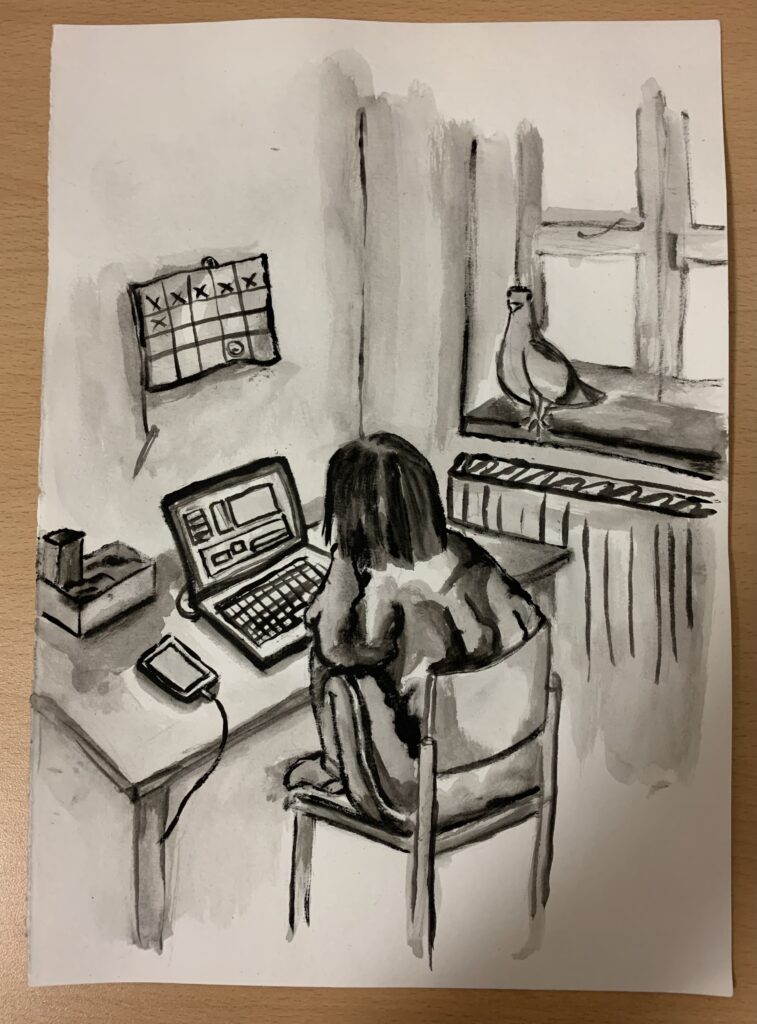
“Wenn der Verdammten große Qual
So manches Jahr, als an der Zahl
Hie Menschen sich ernähren,
Als manchen Stern der Himmel hegt.
Als manches Laub das Erdreich trägt,
Noch endlich sollte währen,
So wäre doch der Pein zuletzt
Ihr recht bestimmtes Ziel gesetzt.”
english:
” the great torment of the damned
were to go on for as many years
as the number that men live here,
as many as the stars the heaven contains,
as many as the leaves the earth bears,
then finally the pain would have
a certain and definite end”
Don’t look down
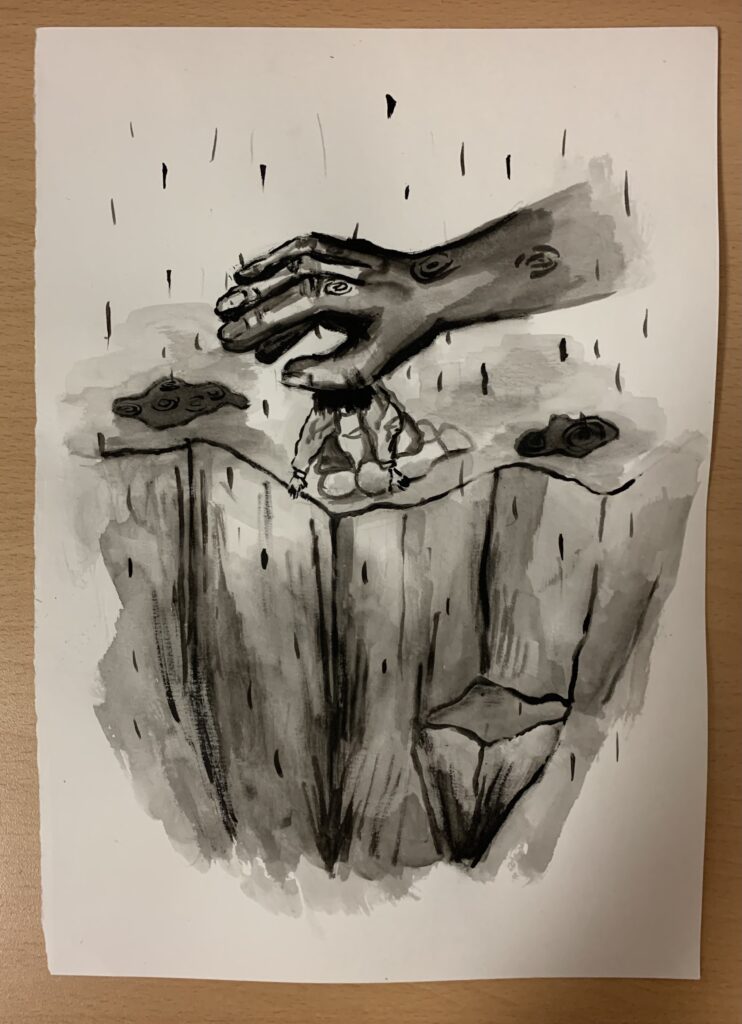
“Mein letztes Lager will mich schrecken.
Mich wird des Heiland Hand bedecken.
Des Glaubens Schwachheit sinket fast.
Mein Jesus trägt mit mir die Last.”
english:
“My last bed wants to frighten me.
The hand of the Savior will cover me.
The weakness of faith is almost sinking.
My Jesus bears the burden with me.”
My memory palace
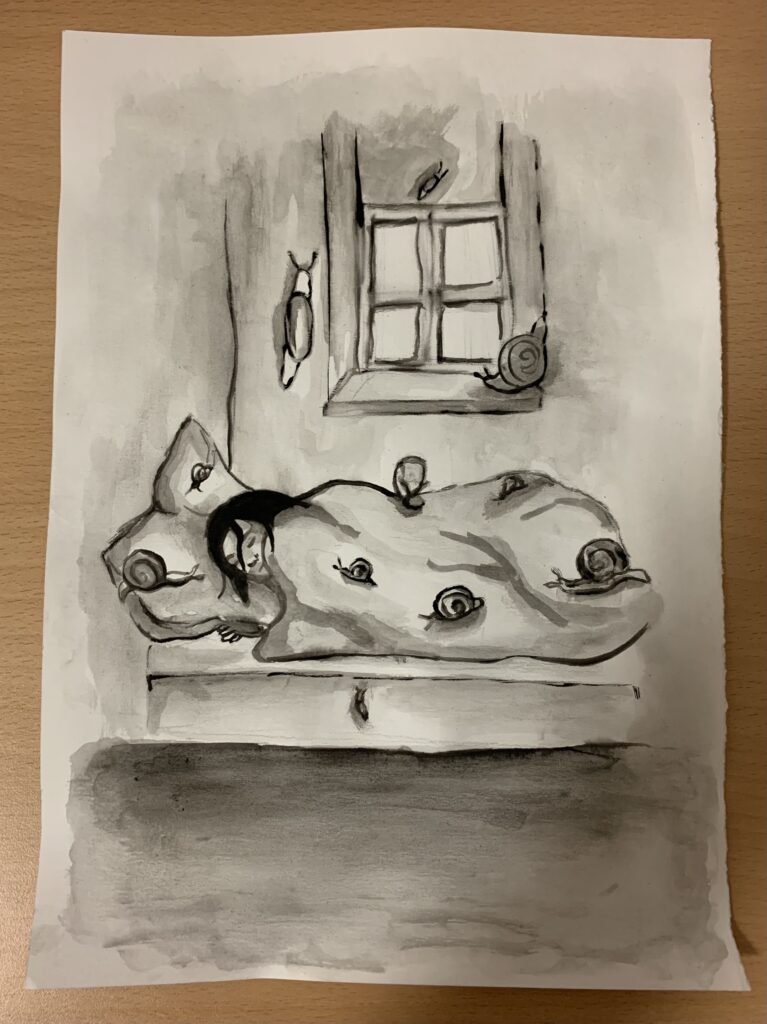
“Wach auf, o Mensch, vom Sündenschlaf,
Ermuntre dich, verlornes Schaf,
Und bessre bald dein Leben!
Wach auf, es ist doch hohe Zeit,
Es kommt heran die Ewigkeit,
Dir deinen Lohn zu geben!
Vieleicht ist heut der letzte Tag.”
english:
“Wake up, o man, from the sleep of sin,
rouse yourself, lost sheep,
and soon make better your life!
Wake up, it is high time,
Eternity comes upon you
to give you your reward!
Perhaps today is the last day.”
Anticipation
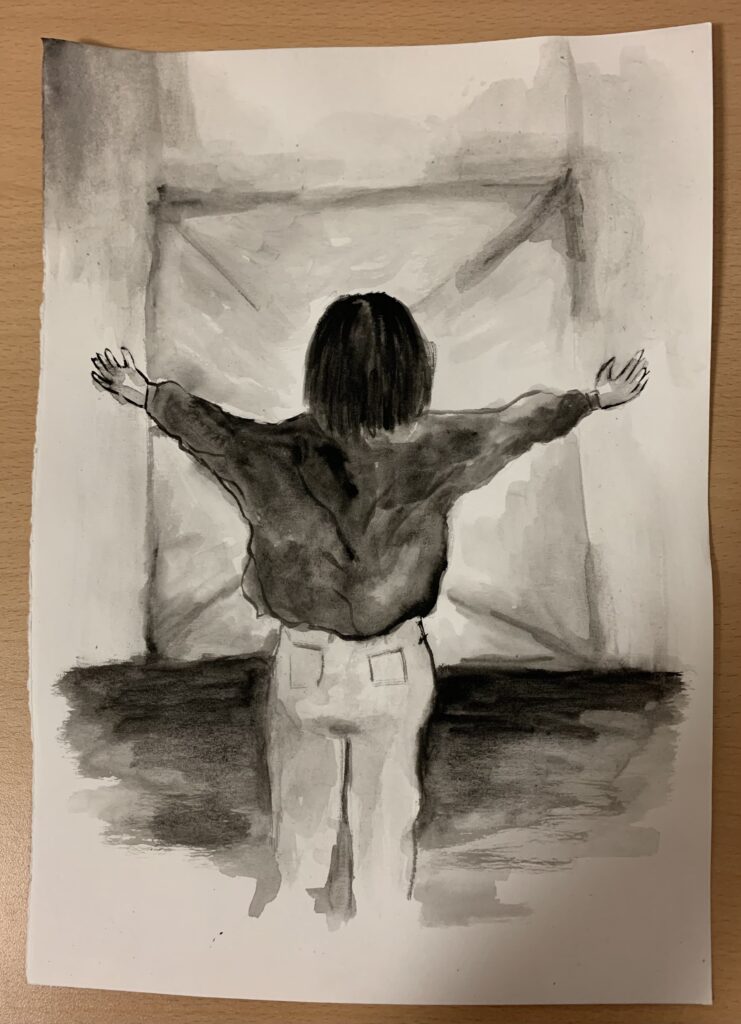
“O Ewigkeit, du Donnerwort,
O Schwert, das durch die Seele bohrt,
O Anfang sonder Ende!
O Ewigkeit, Zeit ohne Zeit,
Ich weiß vor großer Traurigkeit
Nicht, wo ich mich hinwende.
Nimm du mich, wenn es dir gefällt,
Herr Jesu, in dein Freudenzelt!”
english:
“O eternity, you word of thunder,
o sword that pierces through my soul,
o beginning that has no end!
O eternity, time without time,
facing great sorrow
I do not know where I should turn.
Take me, whenever it pleases you,
Lord Jesus, into your tent of joy.“
I hope some of the drawings or paragraphs speak to some of you as well. If something comes up, feel free to share a comment with your thoughts. 🙂 Thank you.
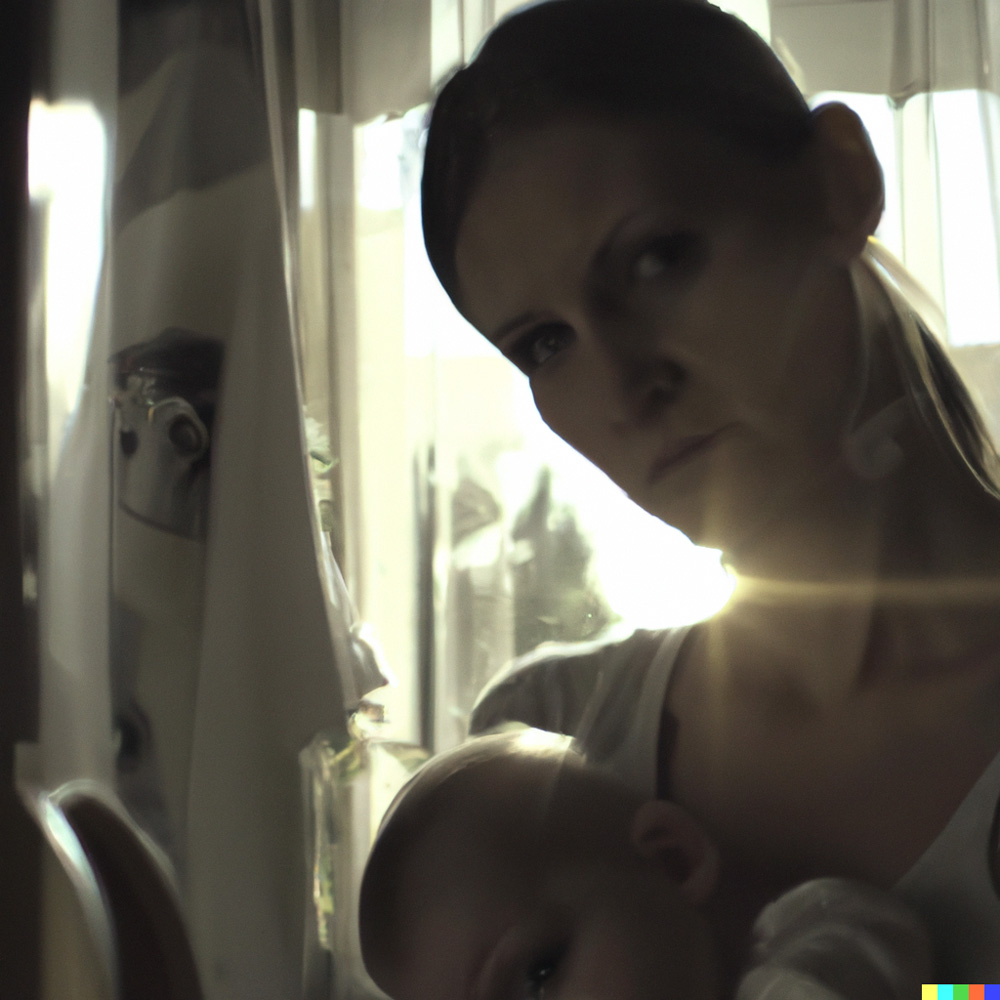
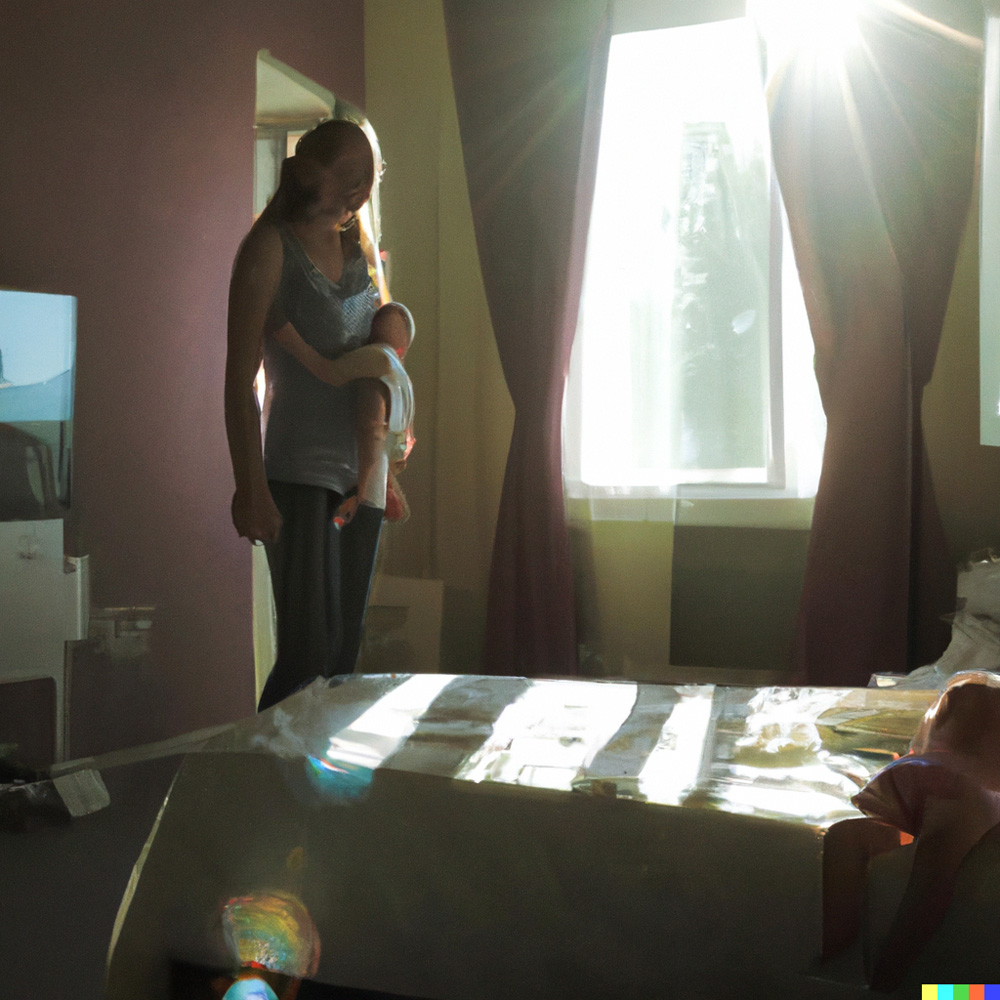



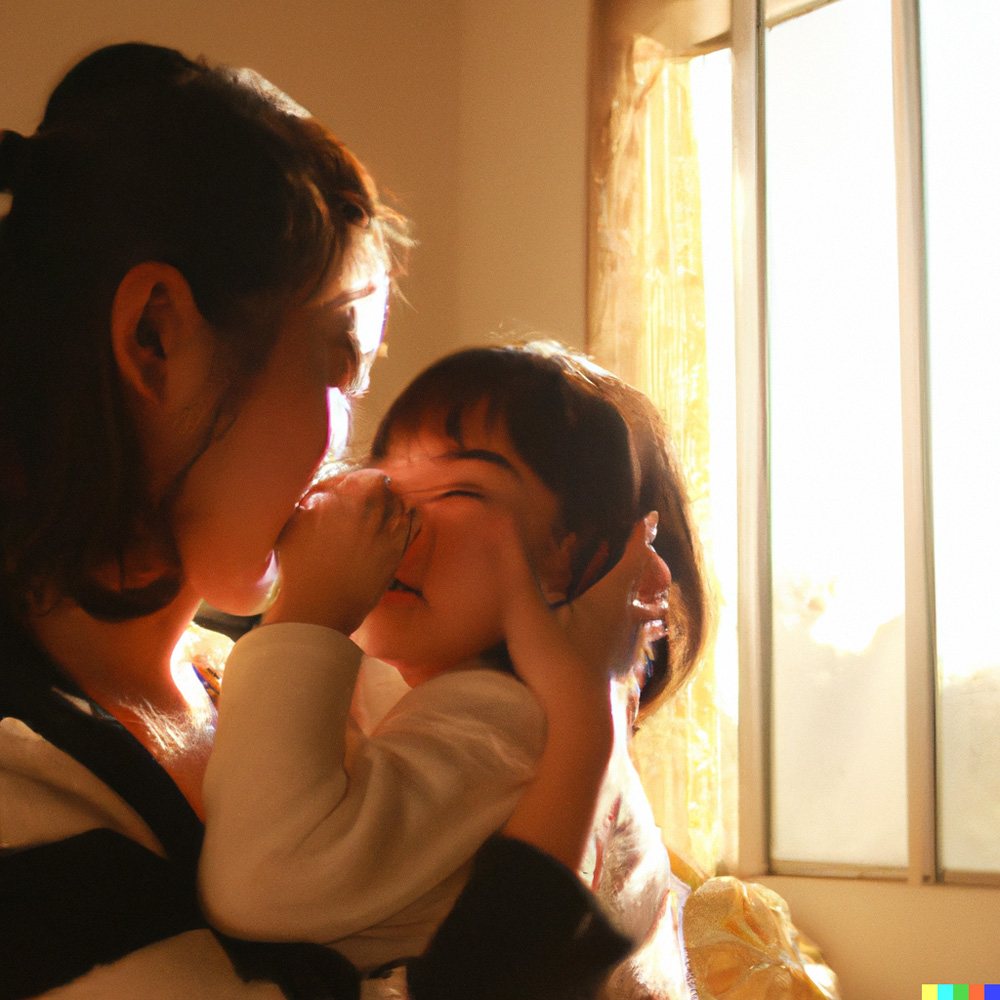
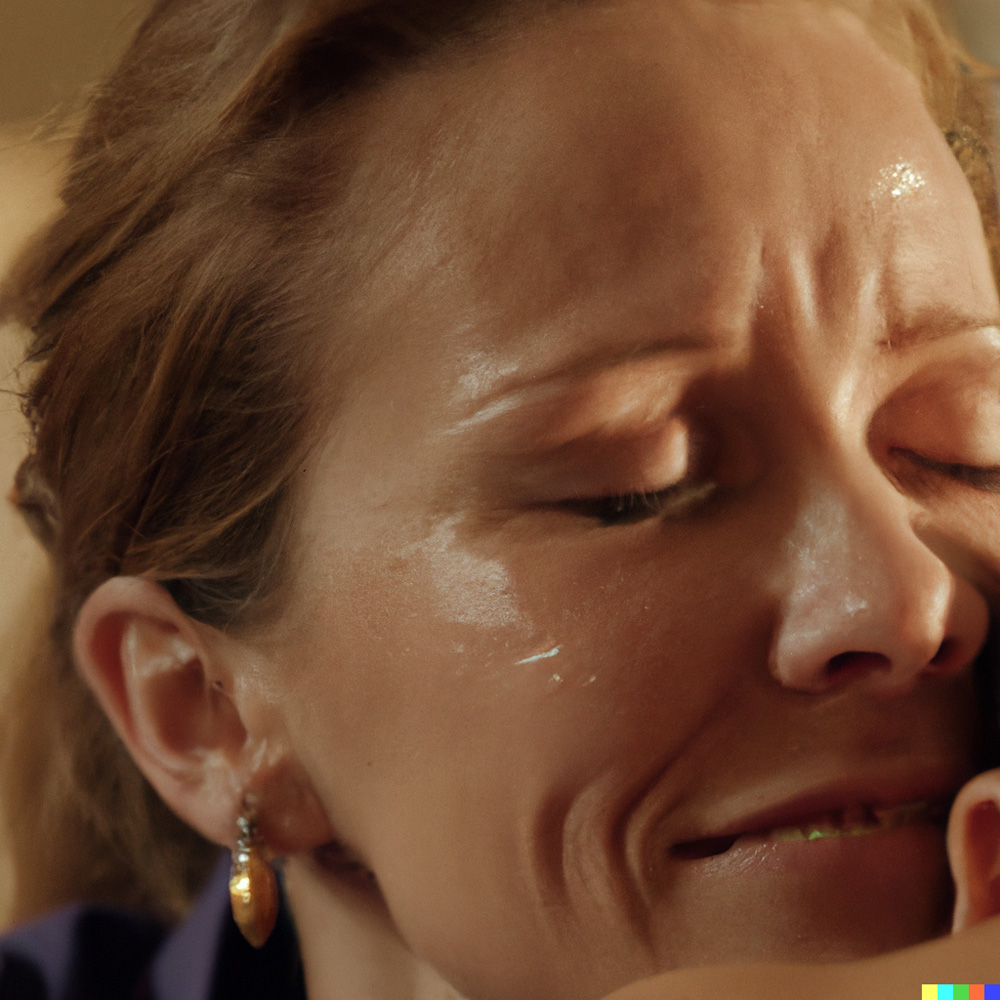
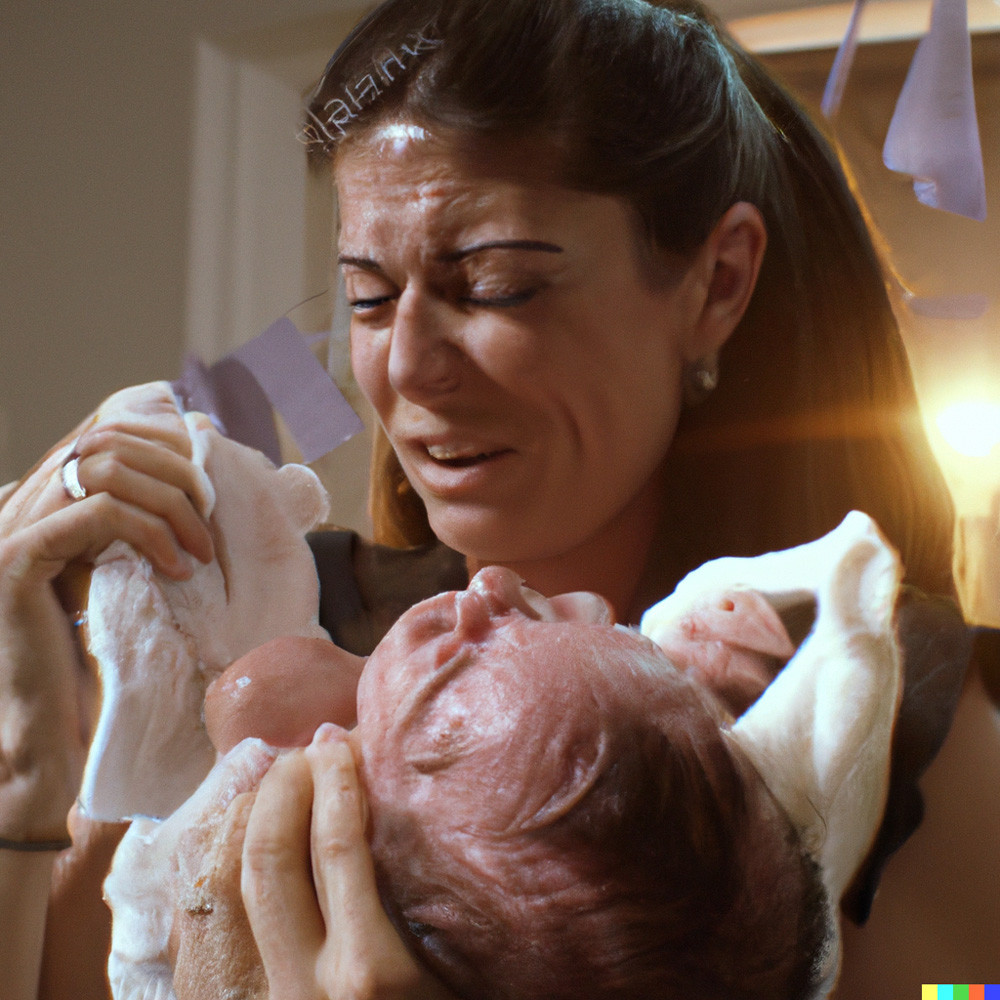






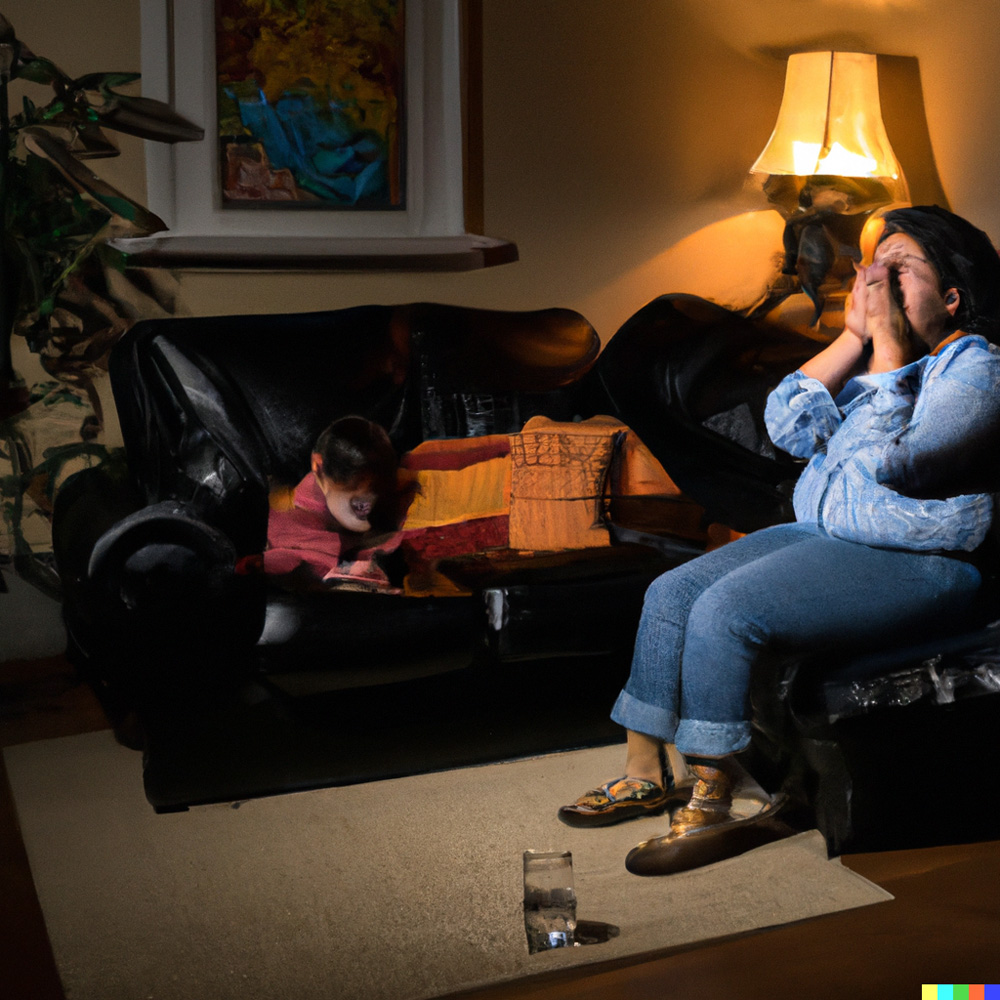





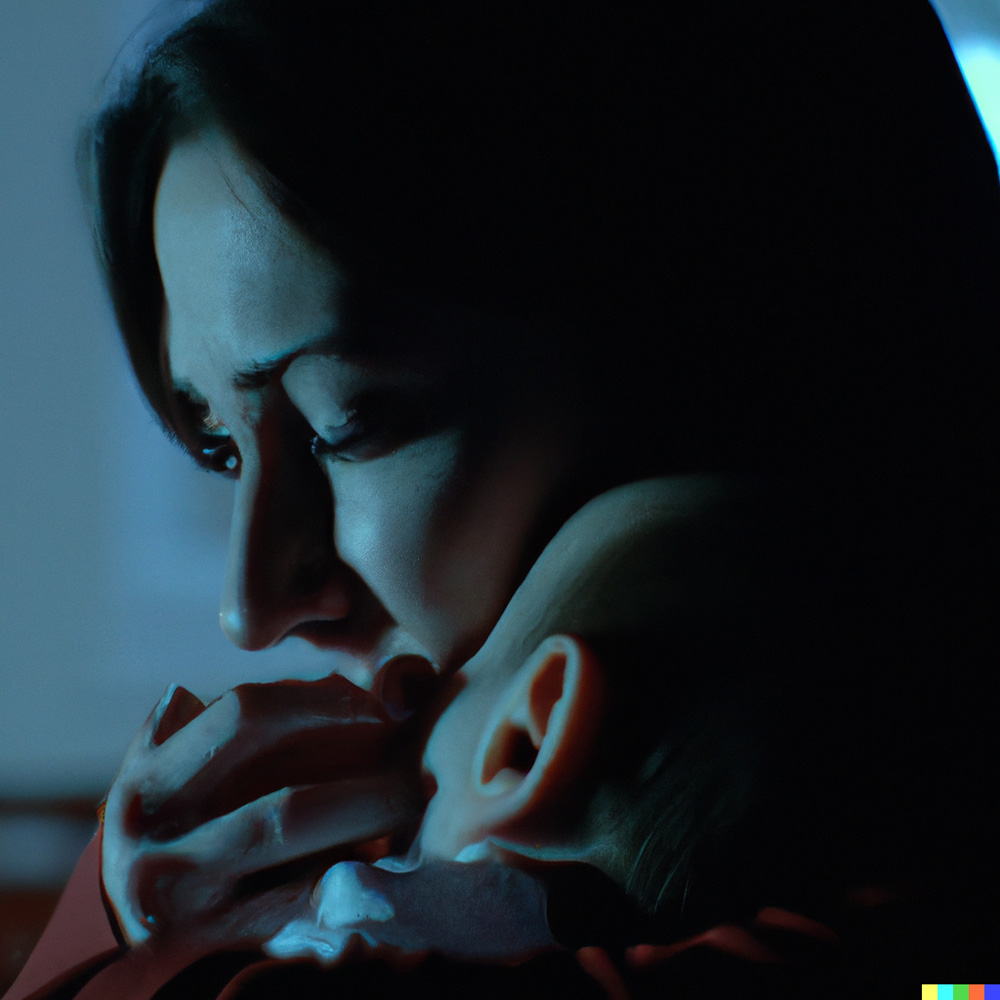






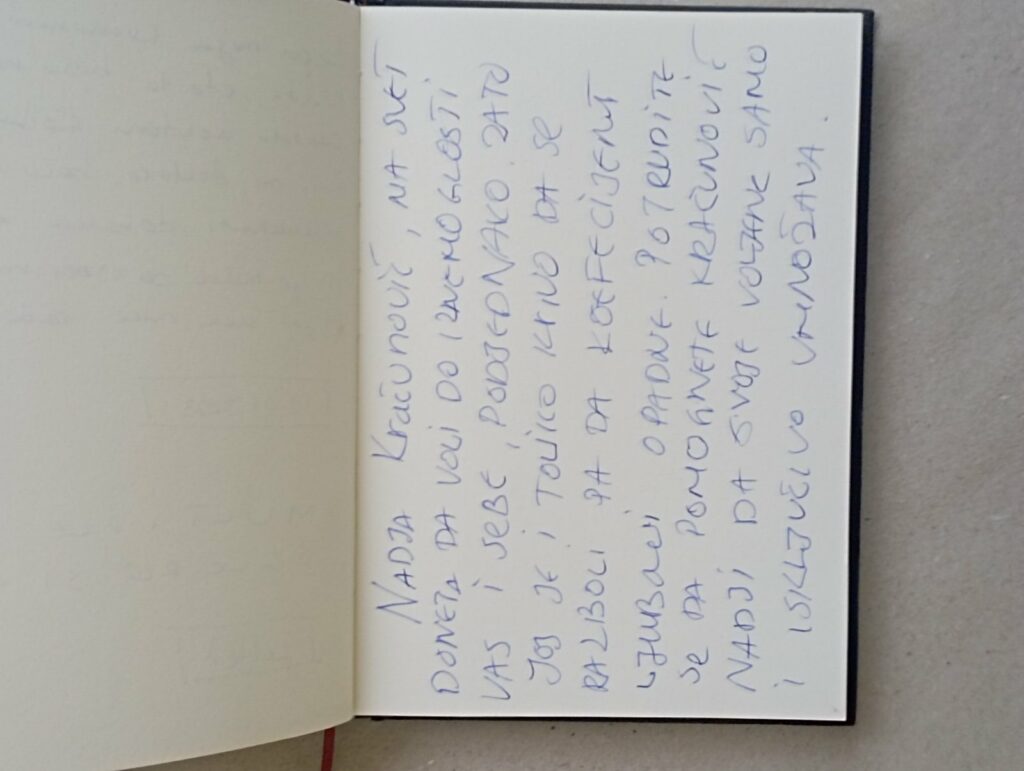

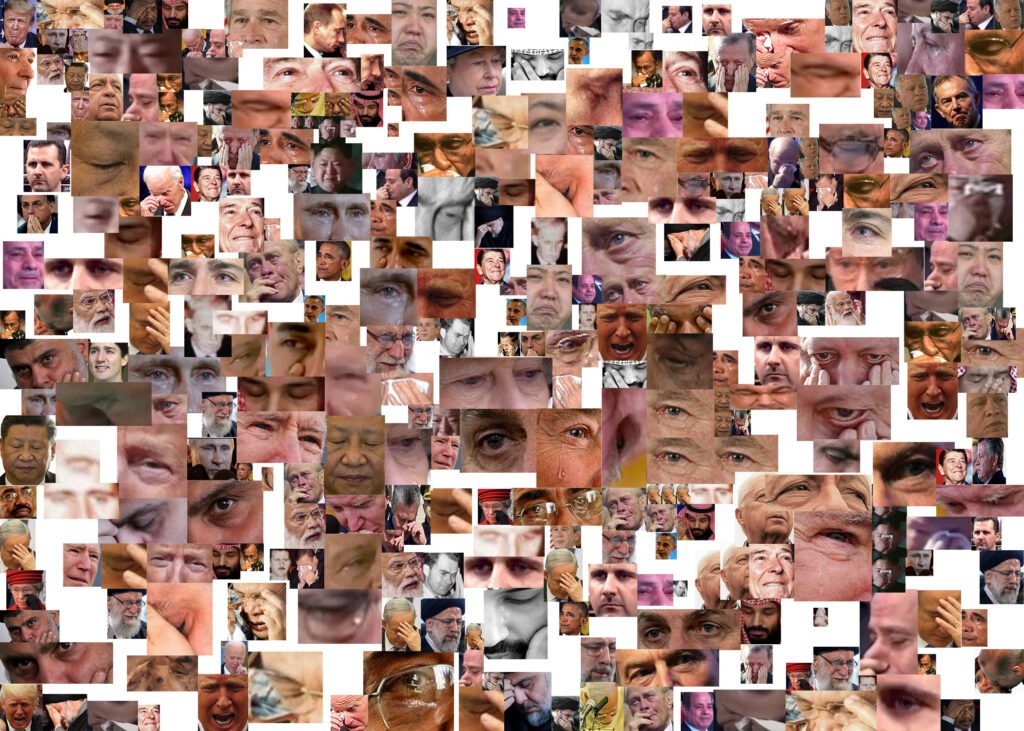
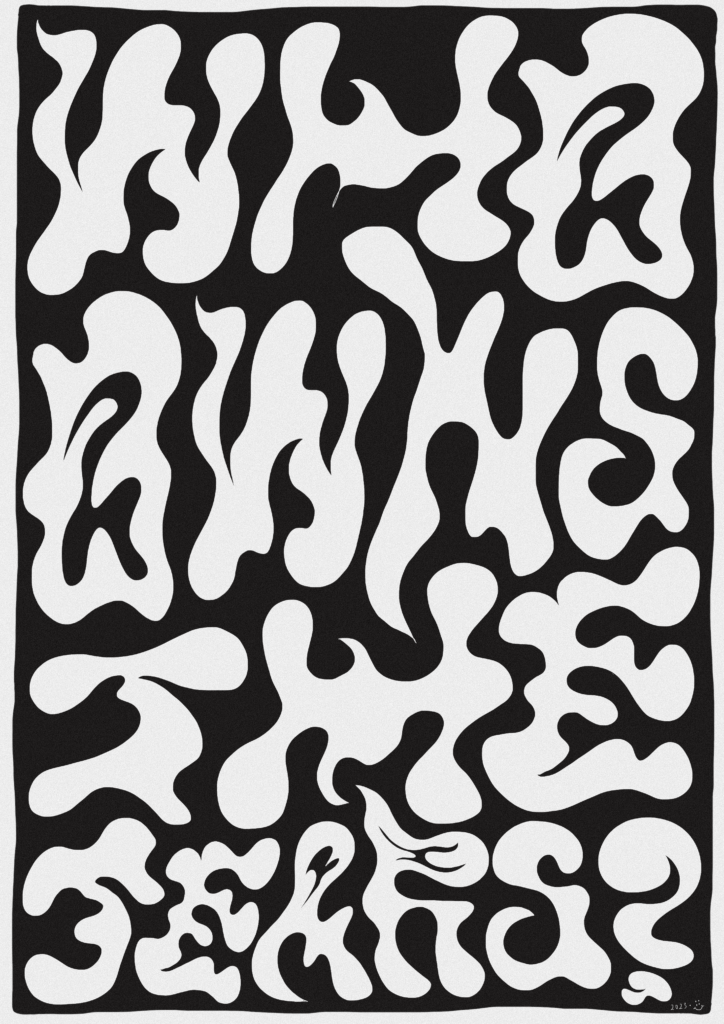
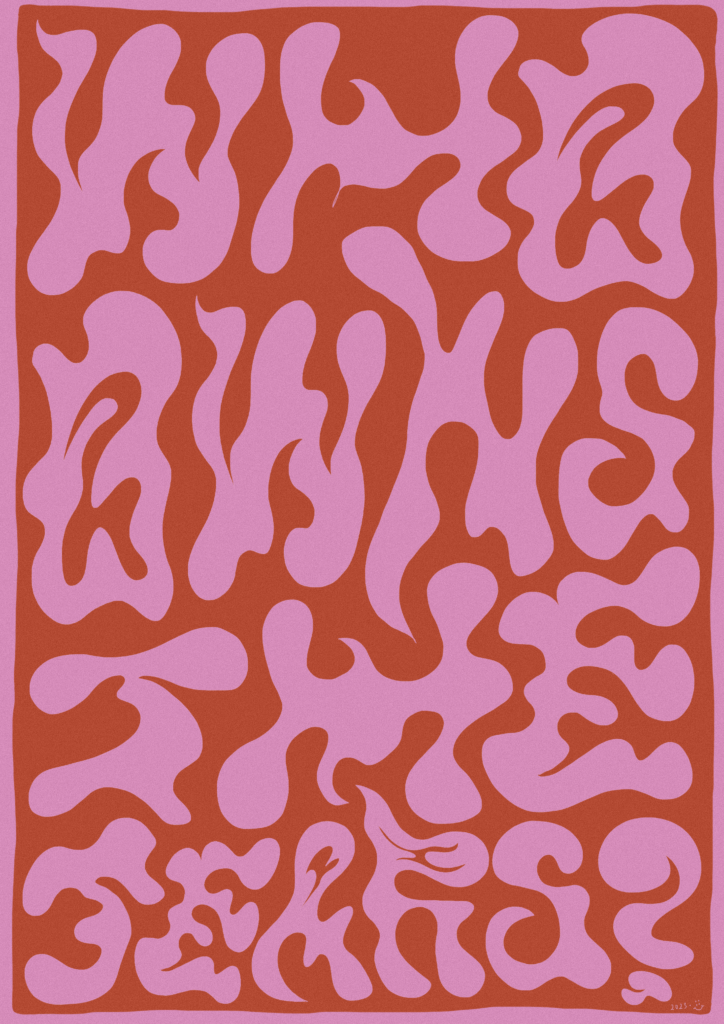





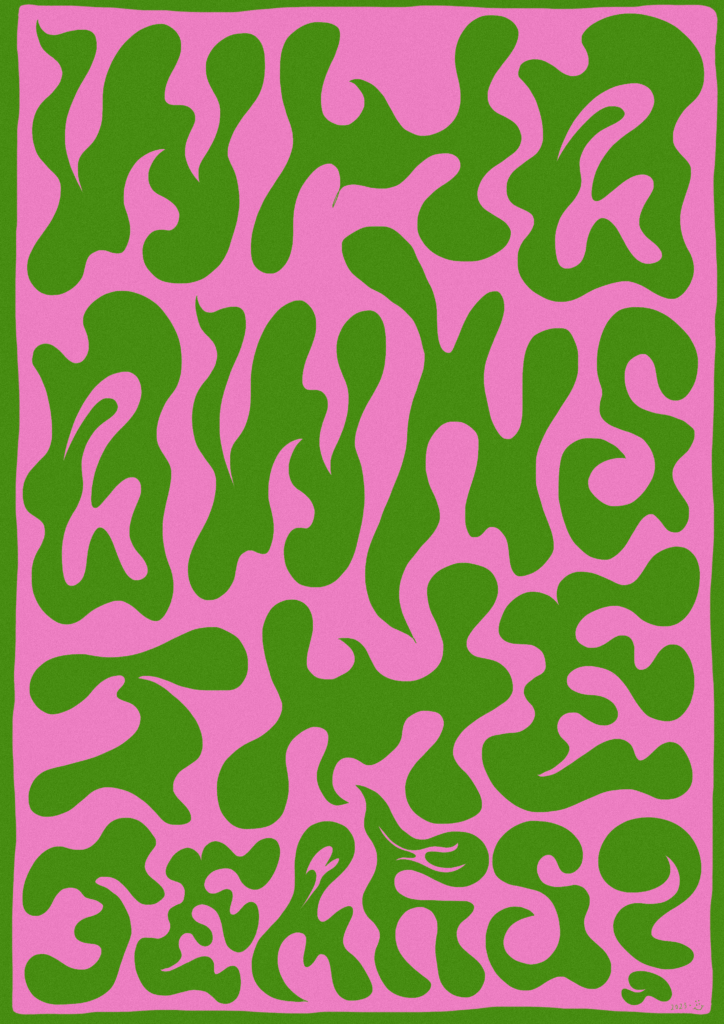


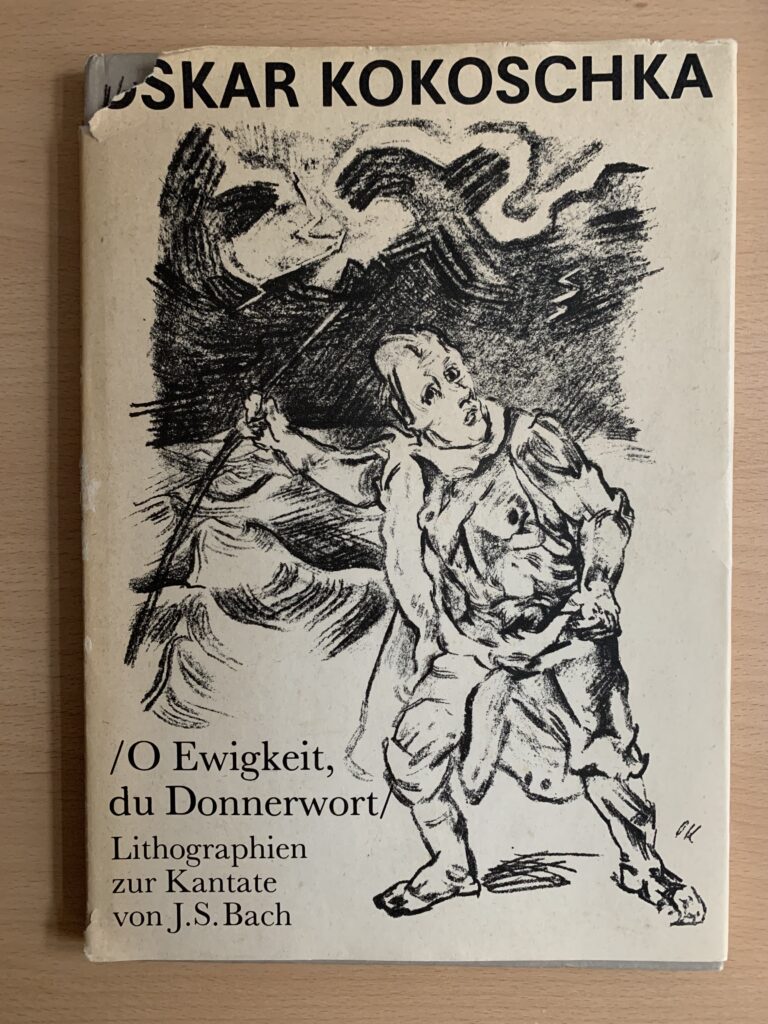
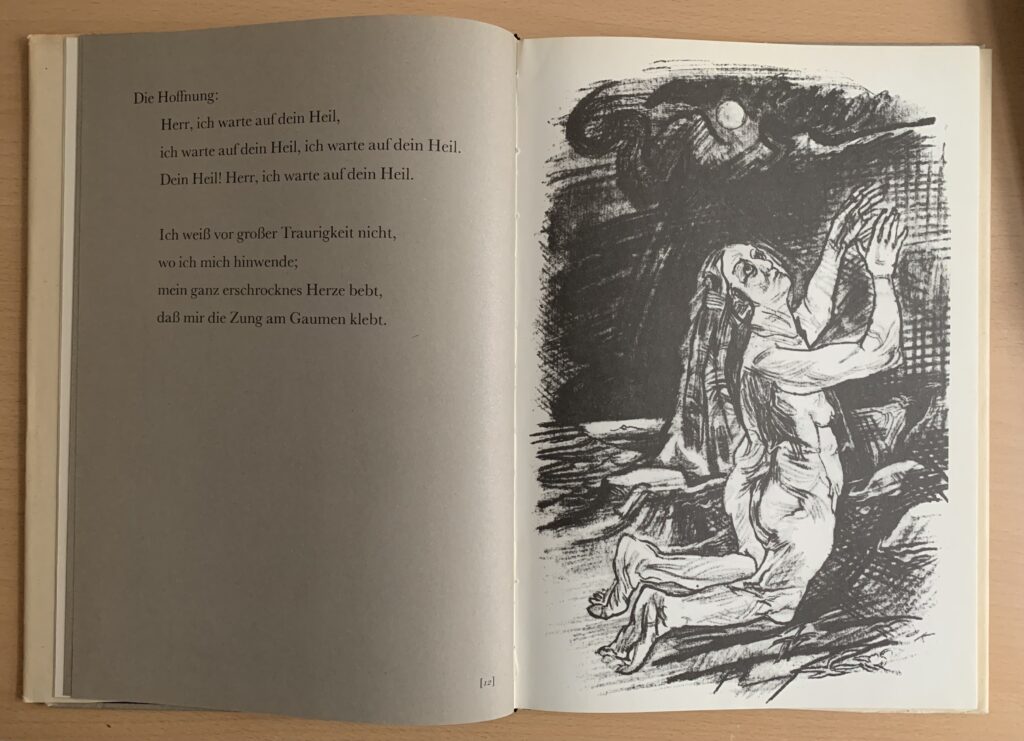


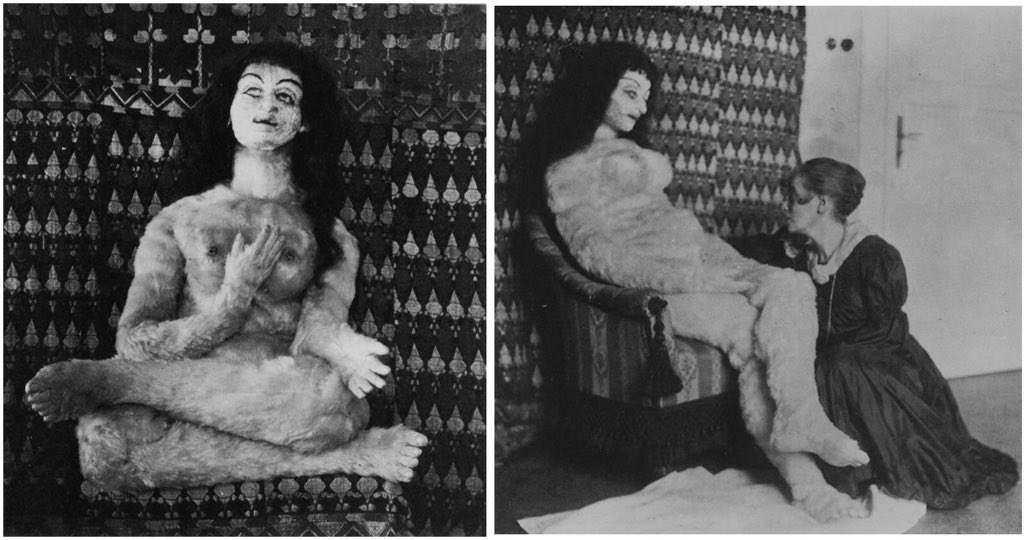

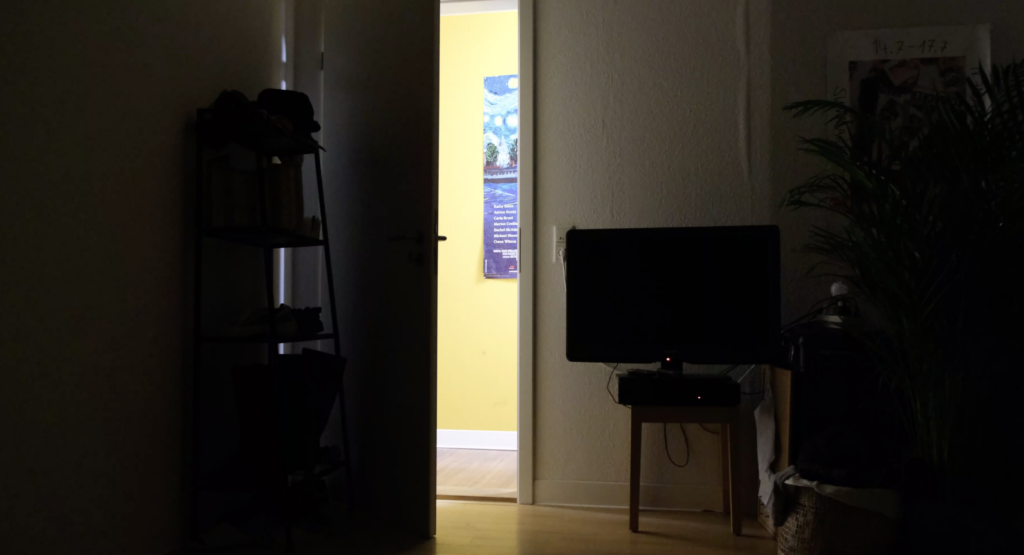

:format(webp):no_upscale()/cdn.vox-cdn.com/uploads/chorus_asset/file/6530893/crying_graphics_SANKEY_CHORD_CRIES__1_.0.png)

